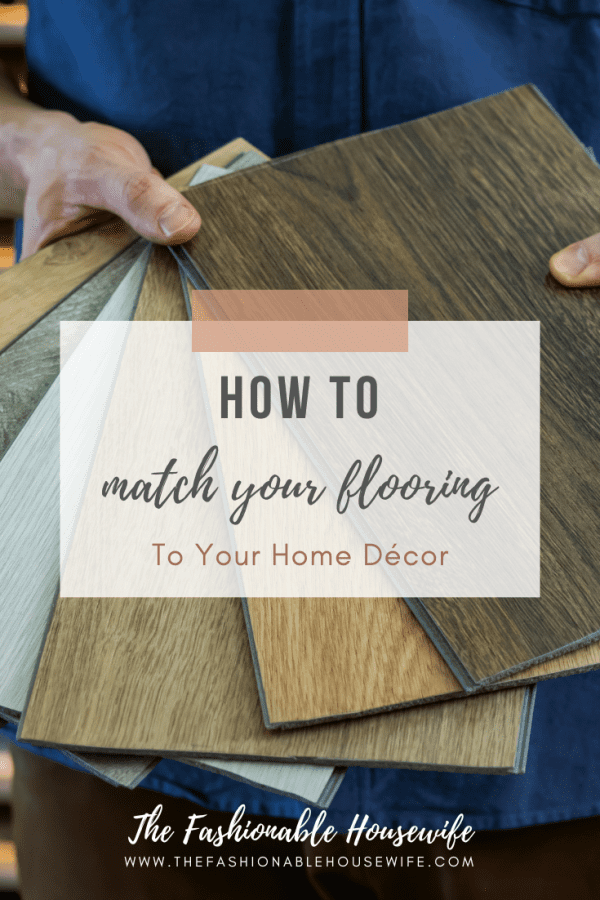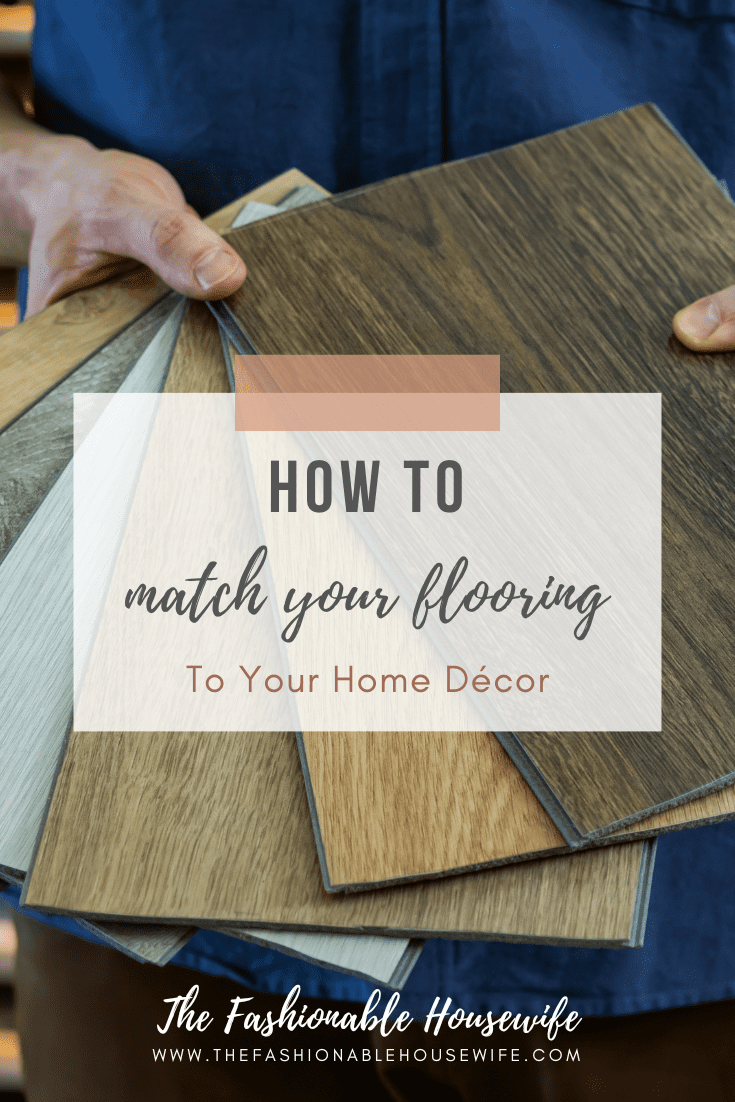How to Match Your Flooring to Your Home Décor

Choosing the right flooring is one of the most important design decisions you’ll make in your home. It acts as the foundation for your space and has the power to complement or clash with your décor. Whether you’re renovating a single room or redesigning your entire home, coordinating your flooring with your interior style will create a cohesive, polished look.
Below, we’ll explore how to match your flooring with various home décor styles, what to consider in terms of color, lighting, and practicality, and which materials are best suited to different spaces.
Define Your Interior Style
Before selecting flooring, clearly identify your interior style. Popular styles like modern, traditional, Scandinavian, rustic, and industrial each have unique characteristics that pair well with specific types of flooring.
For example:
- Modern interiors often favor minimalism, clean lines, and a neutral palette. In these spaces, light-toned or grey engineered wood flooring enhances the airy, sleek feel.
- Rustic or farmhouse styles look beautiful with warm-toned wood flooring that highlights natural grains and knots.
- Scandinavian décor, which blends function with simplicity, typically works best with pale, natural-looking floors that reflect light and open up the space.
Once you know your style, it’s easier to filter flooring choices that align with your aesthetic goals.
Use Flooring to Complement or Contrast
Flooring doesn’t have to match your décor exactly—it can also serve as a contrast to highlight features in your furniture or walls. When chosen correctly, contrasting elements create visual interest and depth.
A room with dark furnishings can benefit from light flooring to balance the overall look. On the other hand, a space filled with light-colored décor can be grounded with rich, darker flooring tones.
Wood flooring is particularly versatile here, as it comes in a broad range of shades—from creamy oaks and warm walnuts to deep espresso and smoky greys. Choosing a tone that either complements or contrasts your décor can define the room’s character.
Match Undertones for Harmony
One key detail that often gets overlooked is the undertone of your flooring. Even within the same color family, some floors have warm undertones (yellow, red, or orange), while others have cool undertones (grey or blue).
When you are trying to match your flooring, make sure its undertone is consistent with the rest of your décor, including furniture, walls, and accessories. Mismatched undertones can make a room feel disjointed.
For example, cool-toned LVT flooring works beautifully in rooms with modern, monochromatic décor, while warm-toned engineered wood flooring blends seamlessly in spaces with earthy, natural accents.
Consider the Function of the Room
Different rooms have different needs, and when you match your flooring, it should support both style and function.
- Living rooms and bedrooms benefit from materials that offer warmth and comfort. Wood flooring is ideal for these spaces, providing a timeless, elegant look with long-term durability.
- Kitchens, bathrooms, and utility rooms require moisture-resistant flooring. LVT flooring is an excellent choice here, offering the appearance of wood or stone while being waterproof and easy to clean.
- Hallways and entrance areas, which experience heavy foot traffic, need hard-wearing flooring. Engineered wood flooring offers a strong and stable surface that handles high traffic without compromising on style.
Always match your flooring to suit the practical demands of the room, in addition to looking the part.
Factor in Lighting When You Match Your Flooring
The amount and type of lighting in a room greatly influences how flooring looks once installed.
Natural light can enhance the appearance of light or whitewashed floors, making the space feel larger and brighter. In darker rooms with limited sunlight, choosing light to mid-toned flooring can prevent the space from feeling closed-in.
Artificial lighting also plays a role. Under cool LED lights, some warm-toned flooring may appear too yellow, while very dark floors might lose their richness. Always test samples in your space under various lighting conditions before making a final decision.
Add Texture for Visual Interest
Flooring isn’t just about color—it’s also about texture. Mixing textures adds depth and character to your interior. This is so important when you try to match your flooring to your home style.
Smoother finishes offer a more refined look, perfect for contemporary spaces. Textured options, such as hand-scraped or brushed wood flooring, are ideal for rustic or industrial styles, offering a tactile surface that adds authenticity.
Similarly, LVT flooring comes in embossed or textured finishes that mimic natural materials like wood or stone, providing the visual appeal of more expensive materials at a more accessible price point.
Choose Flooring That Creates Flow
If your home has an open-plan layout, using the same flooring throughout can create a seamless flow from one space to the next. It helps unify different areas and gives the illusion of a larger space.
Engineered wood flooring is a practical and attractive choice for this purpose. Thanks to its multi-layered construction, it’s stable enough to be used in varying conditions and still offers the appearance of solid wood.
If you prefer to define individual rooms with different flooring types, consider using similar tones or complementary materials to match your flooring and ensure a smooth transition between areas.
Final Thoughts
When you match your flooring to your home décor, it’s all about finding the right balance between aesthetics and practicality. Take into account your interior style, color preferences, lighting, and how the space will be used.
Whether you choose the natural charm of wood flooring, the durability of LVT flooring, or the versatility of engineered wood flooring, the right choice will elevate your home’s style while meeting the needs of everyday life.
To explore a wide range of beautiful, high-quality flooring options, visit Flooring365.co.uk and get inspired to transform your space.

